.
The arrival of May brings warmer soil, longer days, and the perfect conditions for vegetable gardeners to truly kick their growing season into high gear. As spring firmly establishes itself across most regions, May represents that sweet spot in the gardening calendar—when the threat of frost has largely passed (at least after mid-month) but the scorching heat of summer hasn’t yet arrived. This golden window offers both beginner and experienced gardeners an opportunity to plant a wide variety of vegetables that will flourish in the months ahead.
The vegetables you plant now will form the backbone of your summer harvests, providing fresh, nutritious produce straight from garden to table during the peak growing months.
In this guide, we’ll explore which vegetables thrive when planted in May, how to give them the best start, and how to time your sowings for continuous harvests throughout the summer and into fall. Armed with this knowledge, you’ll be able to maximise your garden’s productivity during one of the most crucial planting months of the year.
Seed-starting indoors
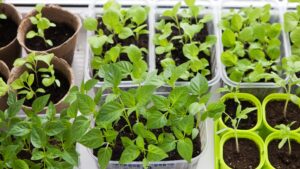
If you’re new to seed-starting, you may want to read up and learn about all the necessary steps and equipment. Let’s have a look at what can be sown indoors in May:
Leek
You can still sow winter leeks indoors in May. I either sow 2 – 3 seeds per small pot, or I take a larger container and sow them in rows that I will be thinning later.
Brassicas
Now is a good time to think of our winter harvest. Late brassicas should be sowed indoors now so that they are ready to plant out when the first spring vegetables like spinach, peas or lettuce have been harvested.
Members of the brassica family that you can seed-start indoors in May are
- Kale, palm kale and black cabbage (which is also a variety of kale)
- Savoy cabbage
- White and red cabbage (late varieties for making sauerkraut and storing)
- Kohlrabi
- Cauliflower
- Brussels sprouts
Lettuce
It’s good to seed-start lettuce indoors every four weeks. That way, we have a continuous supply of plants and will never run out of fresh lettuce during the growing season. Seeing that temperatures increase, however, we want to choose varieties that like warmer weather, like, for example, iceberg and oak leaf lettuce.
This method of sowing vegetables every 3 – 4 weeks is called succession planting which not only ensures a continuous harvest but also that our beds are always covered.
Cucurbitaceae
If you haven’t seed-started Cucurbitaceae yet, or if you want to have a second batch ready for later planting, you can sow the following plants out indoors now:
- Cucumbers
- Zucchini
- Pumpkins
Vegetables we can sow directly outdoors in May
Beans
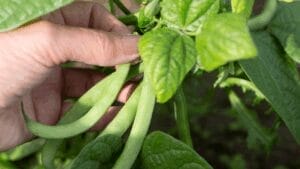
Beans like it warm but as long as no nightly frosts are forecasted, it’s safe now to sow bush and climbing beans.
Chicory
Chicory stays on the bed till autumn. Then we’re going to take it out with the roots and proceed to grow it indoors in small batches in the dark. If you want to have chicory in winter, sow it out now.
Carrots
Now it’s time to sow out semi-late varieties. If you have planted onion bulbs in autumn, sow the carrots in the rows between the onions. That way, carrots and onions will protect one another from harmful pests.
Parsnips
Hurry up, it’s time to sow parsnips now. They love deep, loose soil where they can grow their long roots.
Radishes
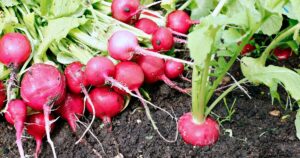
If you have radish varieties that are bolt-resistant, you can sow them out how. The early varieties, however, will not work any more as they’ll only produce flowers and seeds now.
Radishes need only a few days to germinate and then not only show us the row but are a yummy vegetable for salads or as a ferment.
Lettuce
We still have some early varieties out that we can harvest, but the lettuce we want to sow out now must be summer-proof, that is, bolt-resistant varieties.
Rocket salad
is an easy one! Sow it, harvest he leaves, and when you let it bloom, it will spread itself.
Spinach
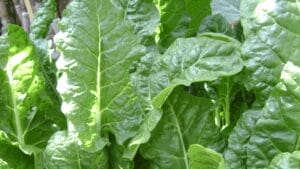
Again, make sure you sow bolt-resistant varieties now.
Swiss chard
can also be sown directly now.
Zucchini, pumpkins and cucumbers
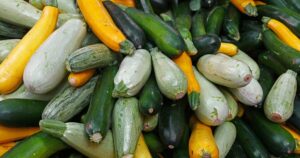
Most of us will have seed-started zucchini and pumpkins indoors and transplant them after the last night frosts, but it’s also possible to sow them directly now. You can, in fact, combine both methods, and so have new plants when the older ones might get mildewy.
Corn
Corn, like many other plants, likes it warm, but you can sow it outdoors 2 – 3 weeks before the last predicted frost date. That way, the plants will only show when it’s safe and they needn’t fear dying from cold.
Planting outdoors
Before we plant anything outdoors, it’s important to harden the seedlings off by gradually exposing them to outdoor temperatures. Start by putting your plants outside for 2 – 3 hours at first and prolong that time over a week before transplanting.
Lettuce
The lettuce that we started in March or April is now ready for transplanting outside. Make sure that the seedlings are not planted too deeply, or they may rot. As a rule of thumb, put them into the soil as deep as they were in the pot.
Brassicas
All brassica seedlings we have started indoors in March, like kohlrabi, early Savoy cabbage and cauliflower, as well as white and red cabbage, can be planted outdoors in May. Leave plenty of space between the seedlings so that you can plant celery in between later. Cabbage and celery are great companions in the patch and repel each other’s pests. Here you can find more great vegetable pals that love to be planted near each other.
Celery / Celeriac
Both vegetables can now be safely planted outdoors, as I said, ideally in combination with brassicas to keep each other’s pests off.
Leek
Plant leeks between the cabbage rows. That way, you not only make the best use of space here, seeing that cabbage grows on the ground and leek on the “first floor”, but they also deter pests from one another. For best protection, however, cover them with a pest protection net.
Another possibility to pair leeks is with carrots. As with brassicas and celery, they will keep each other’s pests at bay.
Onions
Whether you’ve seed-started them indoors or bought small bulbs, you can now plant them outdoors.
Zucchini / Pumpkins / Cucumbers
When it’s guaranteed that there will be no more night frosts (in my zone 7b that’s usually around mid-May), it’s safe to plant all the curcubitaceae out. Cucumbers thrive when planted together with nasturtium. Just saying…
Tomatoes / Peppers / Eggplants
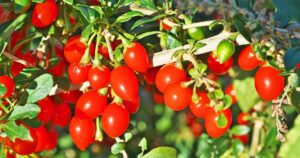
What goes for the cucumber family is also valid for the nightshades: when there will be no more night frosts, you can safely plant them outdoors. When planted together with basil, tomatoes will not only produce more fruit as the basil flowers attract pollinators, but they are also said to taste better.
As we’ve explored, May offers an unparalleled opportunity to set the stage for a bountiful growing season. By carefully selecting what to sow and plant during this pivotal month, you’re not just gardening—you’re investing in months of fresh, homegrown produce and the satisfaction that comes with it. So get out and play in the dirt!
More garden talk? Read on here:
May Magic: Transform your Garden this Month with these 11 tasks
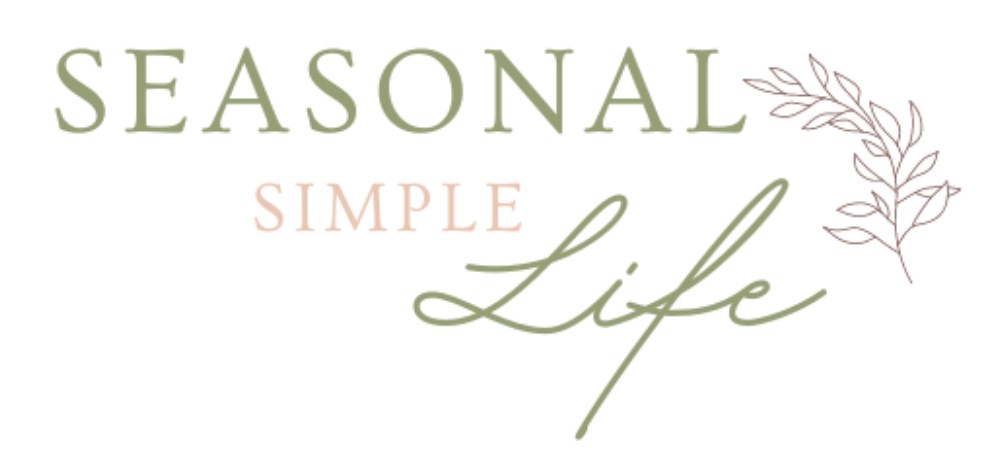
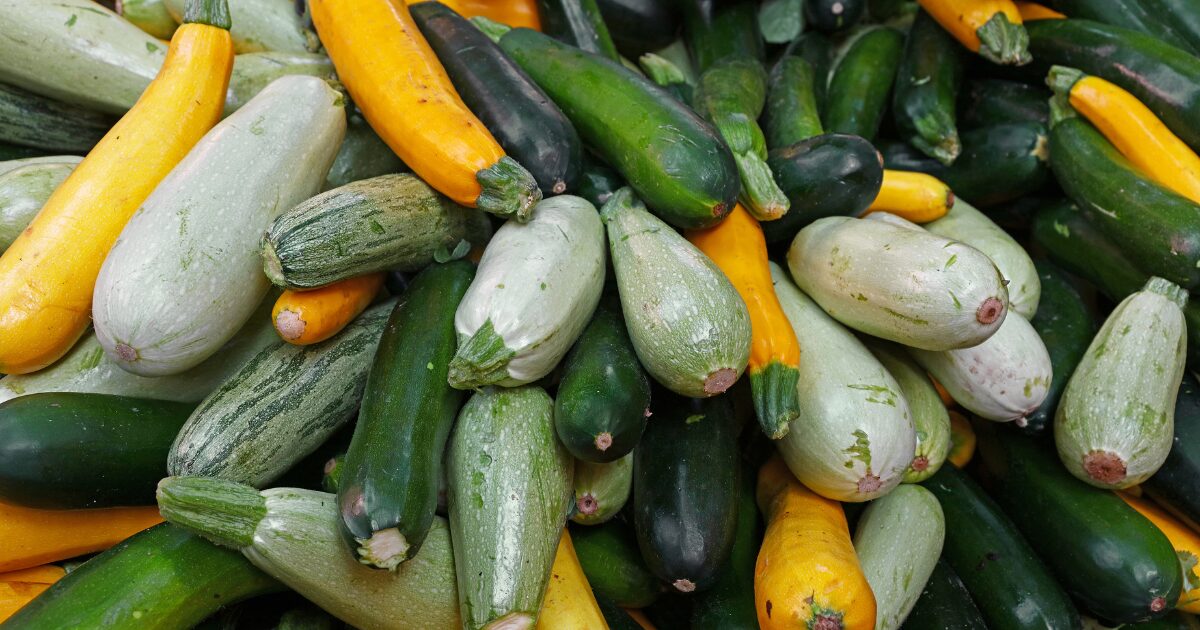
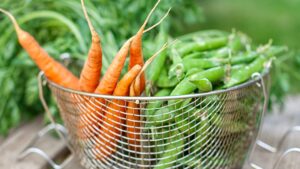
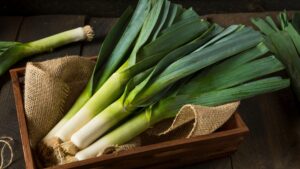
0 Comments